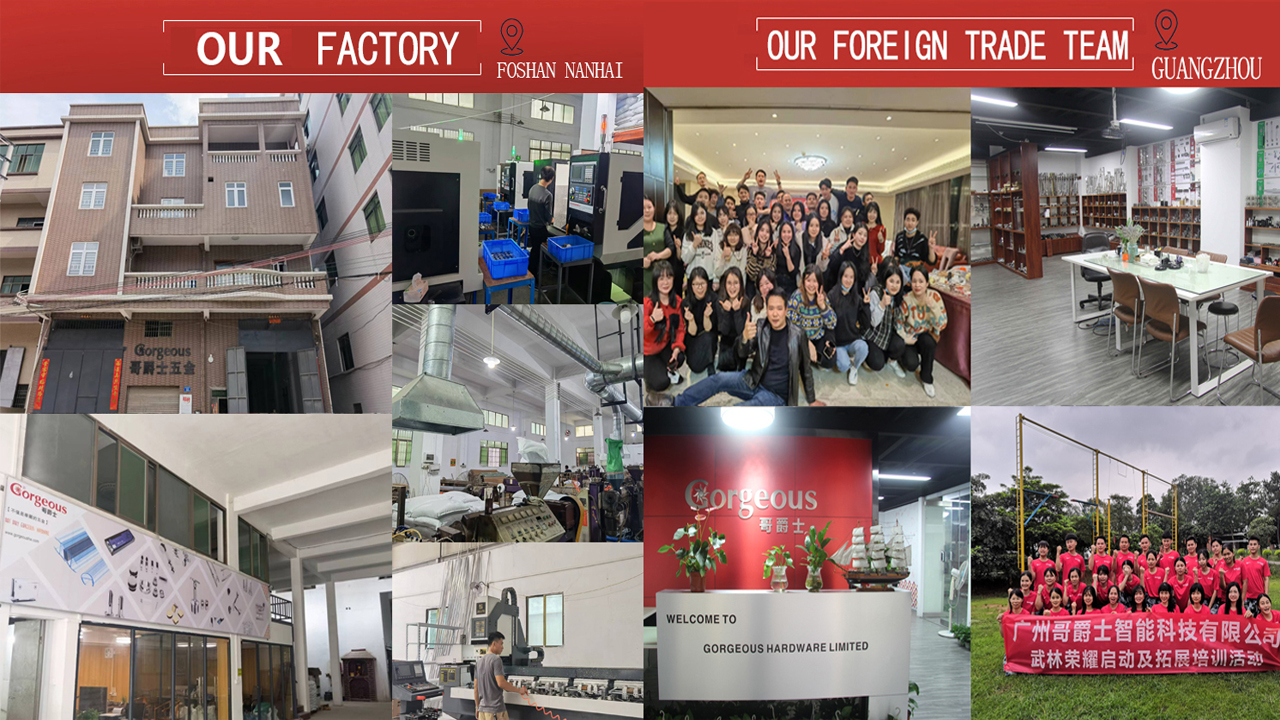
ABOUT
PRODUCTS
Removable Screen Panel Clips Partition Clips Guide
Understanding the Functionality of Removable Screen Panel Clips
At their core, removable screen panel clips are designed to securely attach screen panels to supporting structures, while simultaneously allowing for effortless removal and reinstallation. This functionality is achieved through a variety of mechanisms, ranging from simple snap-on designs to more complex systems incorporating levers or locking mechanisms. The choice of clip depends heavily on the weight and material of the screen panel, as well as the desired level of security and ease of use.
The most basic clips utilize friction and pressure to hold the screen panel in place. These are often found in lighter-duty applications, such as room dividers made from fabric or thin plastic. More robust clips, however, are necessary for heavier materials like glass or solid wood panels. These might incorporate locking mechanisms to prevent accidental dislodgement, ensuring stability and safety, especially in high-traffic areas.
Consideration should also be given to the material of the clip itself. Durability is key; clips made from high-quality plastics or metals will withstand repeated use and maintain their structural integrity. The material's compatibility with the screen panel and supporting structure is also important to avoid corrosion or damage. For example, using metallic clips on a sensitive material like aluminum might result in scratching or other surface damage.
Types and Variations of Partition Clips
The market offers a vast array of partition clips catering to diverse needs and aesthetic preferences. These clips are designed to seamlessly integrate with various types of partitioning systems, from simple track systems to more complex modular wall units. The key variations lie in their attachment mechanisms, materials, and load-bearing capacity.
Some clips utilize a track system, where the panels slide into place and are secured by the clip. This offers smooth operation and a clean aesthetic. Other clips might utilize a direct-to-wall or ceiling mounting system, providing a more permanent (though still removable) solution. The selection here is often determined by the structural considerations of the building and the intended longevity of the partition system.
The material of the clips significantly impacts their longevity and suitability for various environments. Plastic clips are cost-effective and lightweight, often chosen for temporary or less demanding applications. Metal clips, such as those made from steel or aluminum, offer superior strength and durability, suitable for heavier panels and more frequent use. The choice often comes down to a balance between cost, durability, and the overall design aesthetic.
Installation and Removal Processes
The ease of installation and removal is a paramount factor when selecting removable screen panel or partition clips. Complex installation procedures can negate the benefits of a removable system, rendering it impractical. Ideally, the installation process should be intuitive and require minimal tools or specialized knowledge.
Many clips boast tool-free installation, relying solely on manual pressure or simple lever mechanisms. This makes them ideal for DIY projects or quick reconfigurations. For heavier or more complex systems, however, some tools might be necessary, such as screwdrivers or specialized fasteners. The instructions provided by the manufacturer should be carefully followed to ensure proper and secure installation.
Similarly, removal should be equally straightforward. Clips designed for easy removal typically feature release mechanisms that allow for quick disengagement of the panel without damaging the supporting structure or the panel itself. A well-designed clip system will minimize the risk of damage and allow for repeated assembly and disassembly without compromising functionality.
Choosing the Right Clips for Your Needs
Selecting the appropriate clips depends on several key factors. Firstly, the weight and material of the screen panels are critical considerations. Heavier panels require more robust clips capable of supporting the increased load. The material of the panel should also be considered to ensure compatibility and avoid damage.
Secondly, the frequency of removal and reinstallation impacts the choice of clips. For frequently rearranged partitions, a simple, user-friendly clip system is crucial. For more permanent installations, durability and security might take precedence over ease of removal. The intended environment—whether it's a high-traffic office or a quiet home—also influences the choice. In high-traffic areas, stronger, more secure clips are generally preferred.
Finally, aesthetic considerations should not be overlooked. The clips should blend seamlessly with the overall design, minimizing visual disruption. Some clips are designed to be discreet and unobtrusive, while others might feature more prominent designs that contribute to the overall aesthetic of the space. Choosing clips that complement the overall design will enhance the visual appeal of the finished product.
In conclusion, selecting and understanding removable screen panel and partition clips is key to creating flexible and adaptable spaces. Careful consideration of the various factors outlined above—functionality, types, installation processes, and specific needs—will lead to the optimal choice, ensuring a successful and aesthetically pleasing outcome.
SUBSCRIBE
INQUIRY
